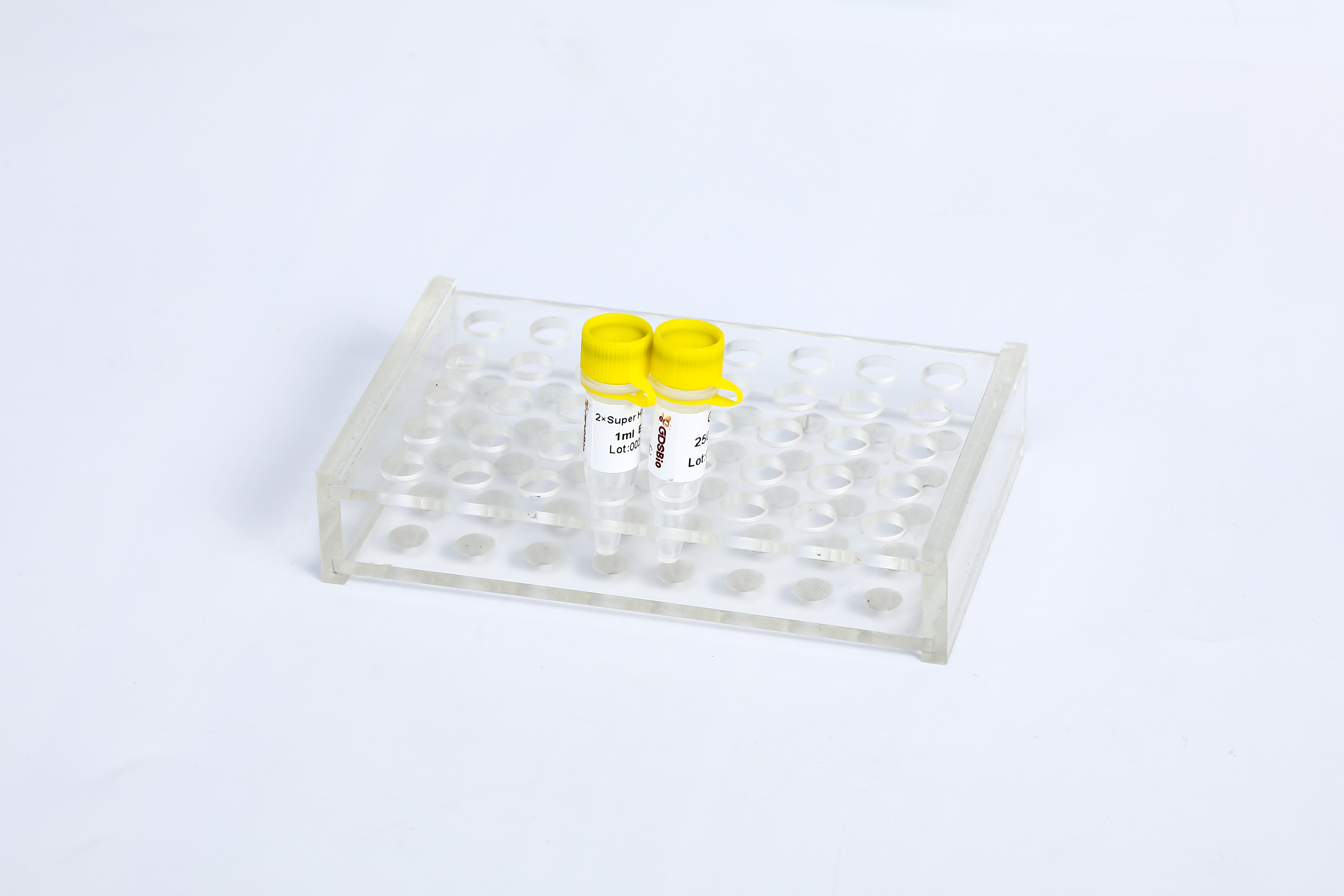T4 DNA Ligase, LC 1U/µL E1014-E
T4 DNA Ligase, LC
Cat. No./Spec.: E1014-E/1,000 Weiss U
Concentration: 1 Weiss U/µL
Product Description
T4 DNA Ligase catalyzes the formation of phosphodiester bonds between juxtaposed 5'-phosphate and 3'-hydroxyl termini in double-stranded DNA or RNA. This enzyme is capable of repairing single-strand nicks in double-stranded DNA, RNA, or DNA/RNA hybrids, and can join DNA fragments with sticky or blunt ends, but it is inactive on single-stranded nucleic acids.
T4 DNA Ligase requires ATP as a cofactor.
Components
Component | E1014-A | E1014-B | E1014-C |
T4 DNA Ligase, LC (1 Weiss U/µL) | 40 µL | 200 µL | 200 µL × 5 |
10X T4 DNA Ligase Buffer | 0.5 mL | 1.5 mL | 1.5 mL × 5 |
50% PEG | 0.3 mL | 1.5 mL | 1.5 mL × 5 |
Storage Condition & Shelf Life
Store at -20°C. The product is valid for 2 years.
Source
Recombinant E. coli strain containing the gene 30 cloned from bacteriophage T4.
Unit Definition
At 37°C, 1 Weiss unit of enzyme catalyzes the conversion of 1 nmol of [32PPi] into an activated carbon adsorption state within 20 minutes.
Enzyme activity is determined in the following mixture: 66 mM Tris-HCl (pH 7.6), 6.6 mM MgCl2, 0.066 mM ATP, 10 mM DTT, 3.3 μM [32P]orthophosphate (PPi).
One Weiss unit is equivalent to approximately 200 cohesive end ligation units (CEU), which is equivalent to the number of HindIII digested DNA fragments that can be ligated within 30 minutes at 16°C. λ DNA fragments.
Scope of Application
- DNA fragments generated by cloning restriction enzymes
- Cloned PCR products
- Ligation of double-stranded oligonucleotides or adapters to DNA
- Site-directed mutagenesis
- Amplified fragment length polymorphism (AFLP)
- Ligase-mediated RNA detection
- Nick repair in double-stranded DNA, RNA, or DNA/RNA hybrids
- Self-circularization of linear DNA
 Tel: +86 20 31600213
Tel: +86 20 31600213  Sales EMail: order@gdsbio.com
Sales EMail: order@gdsbio.com 






